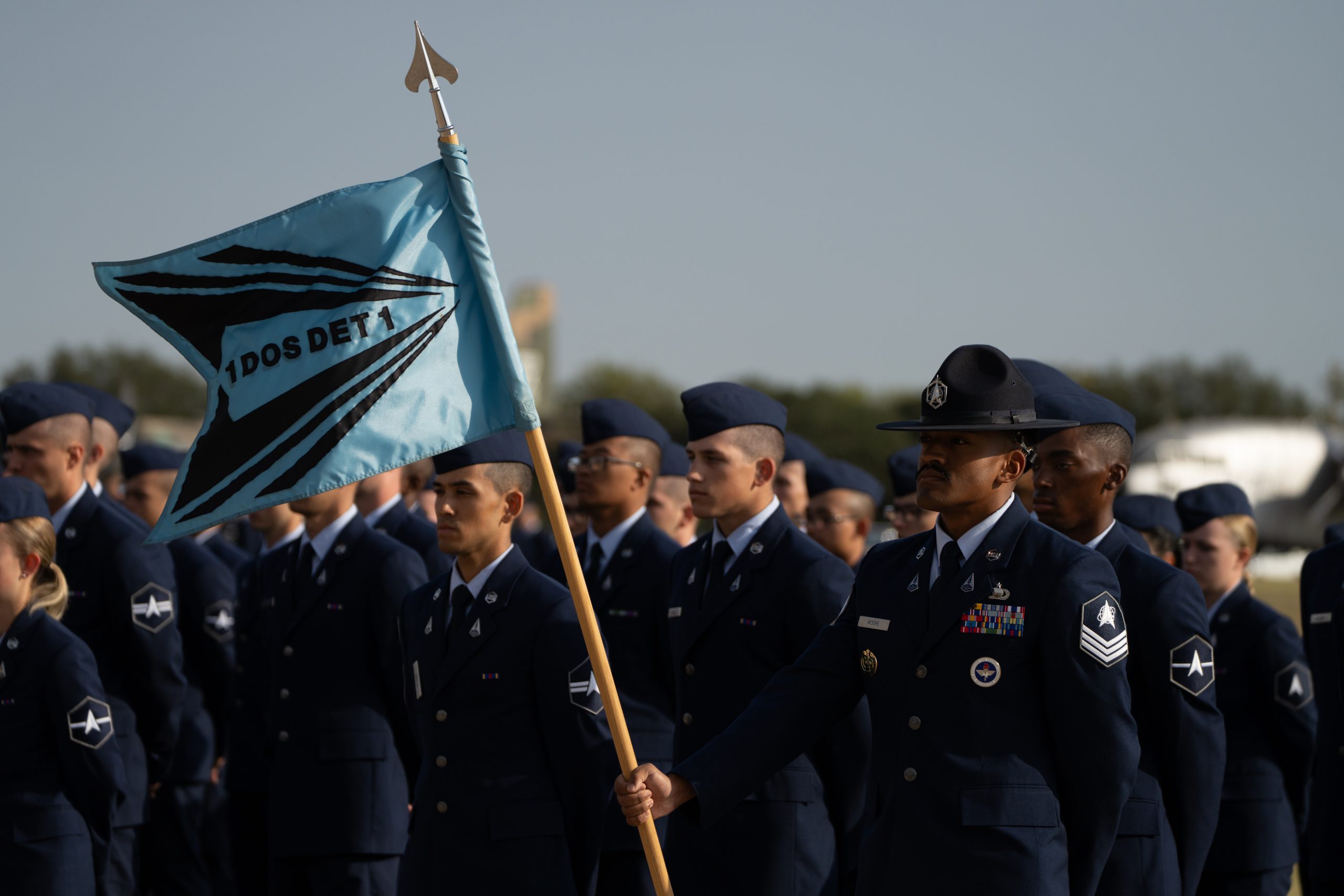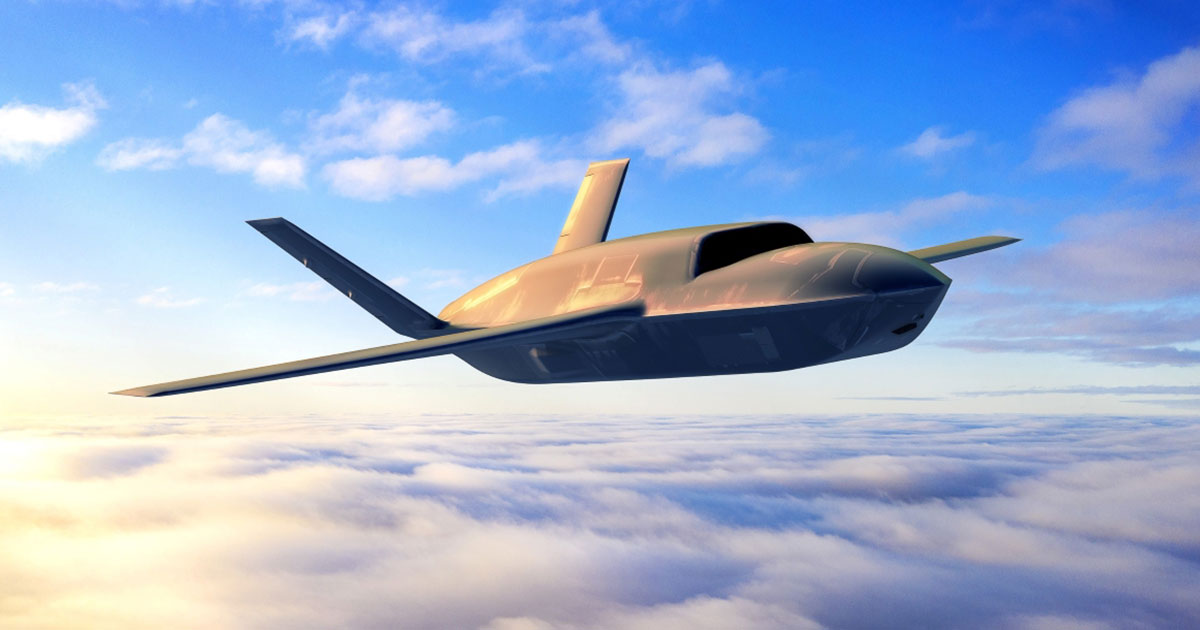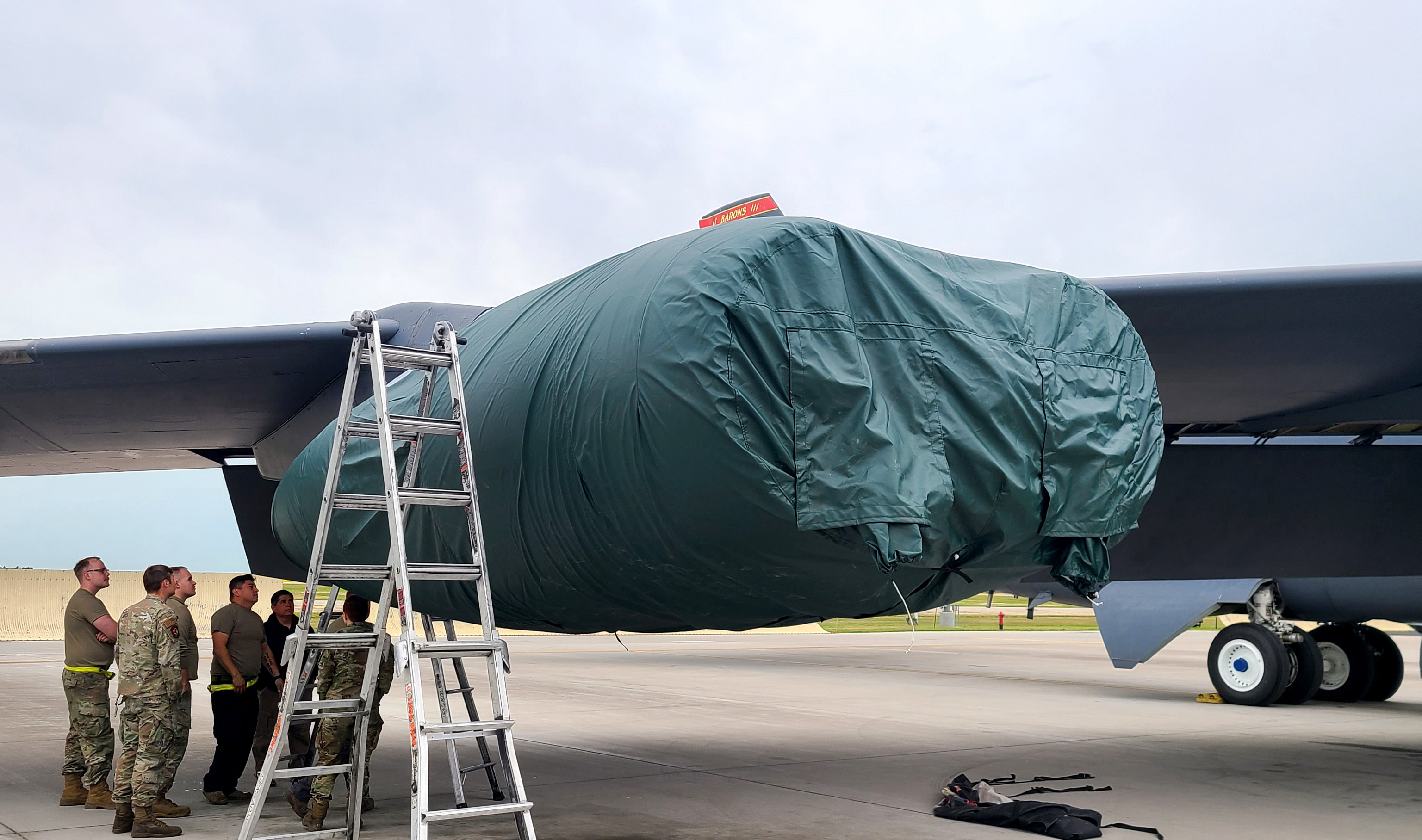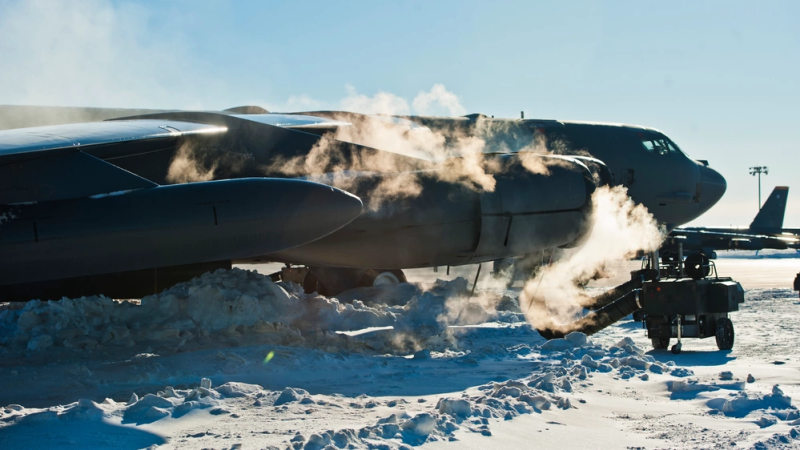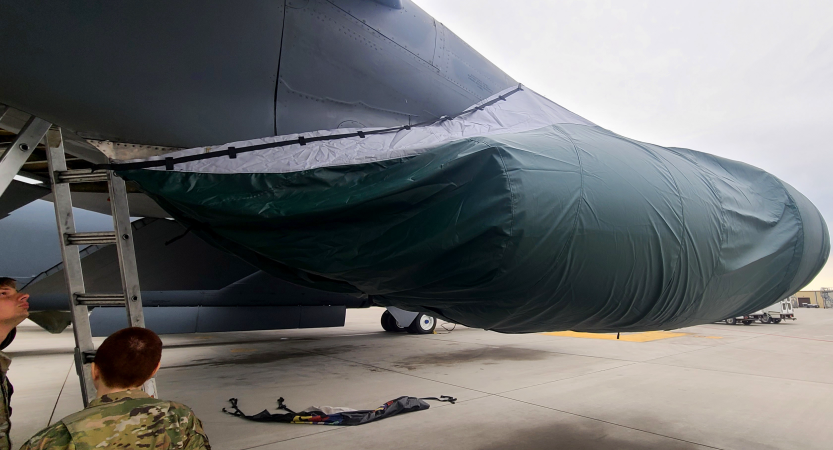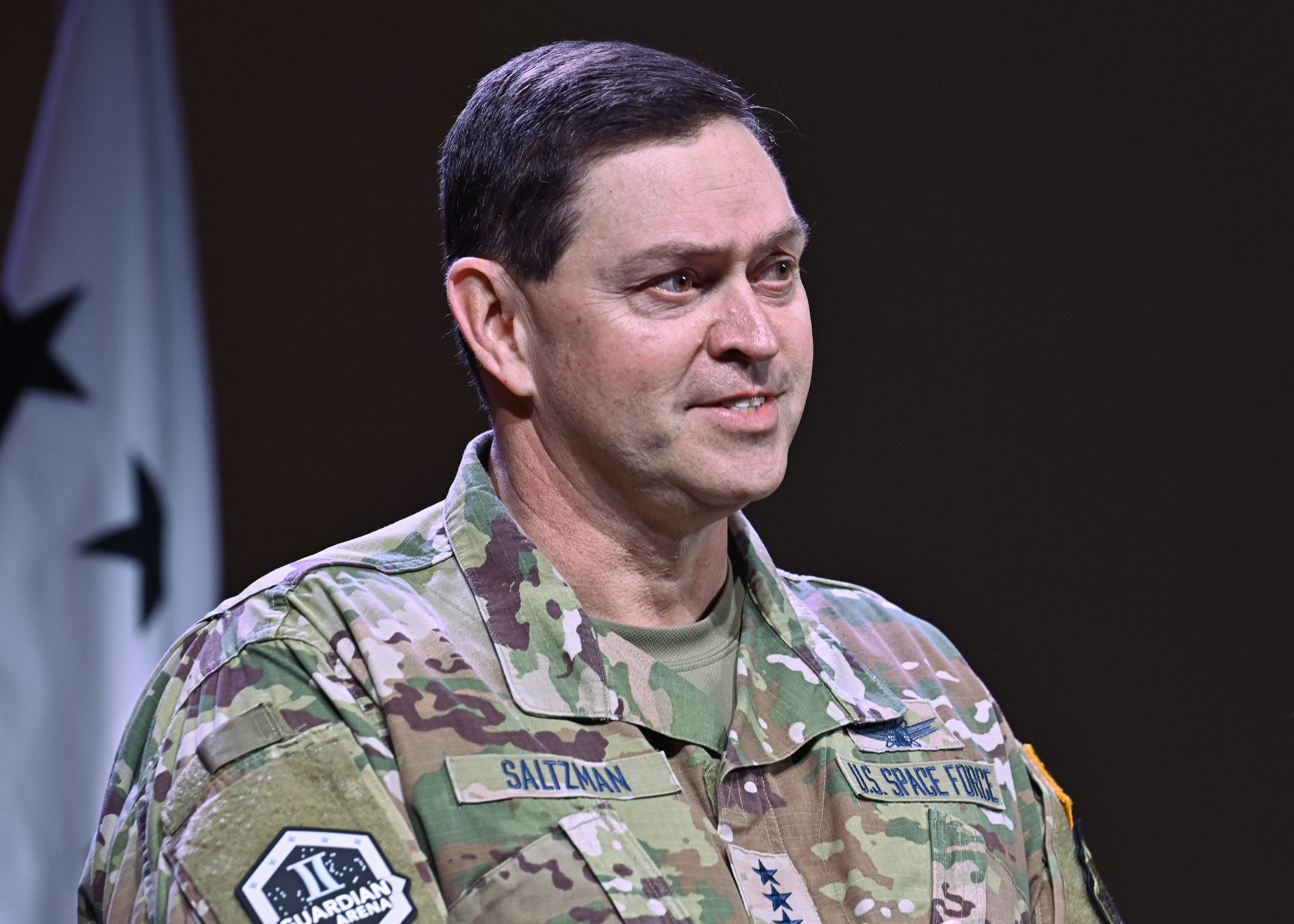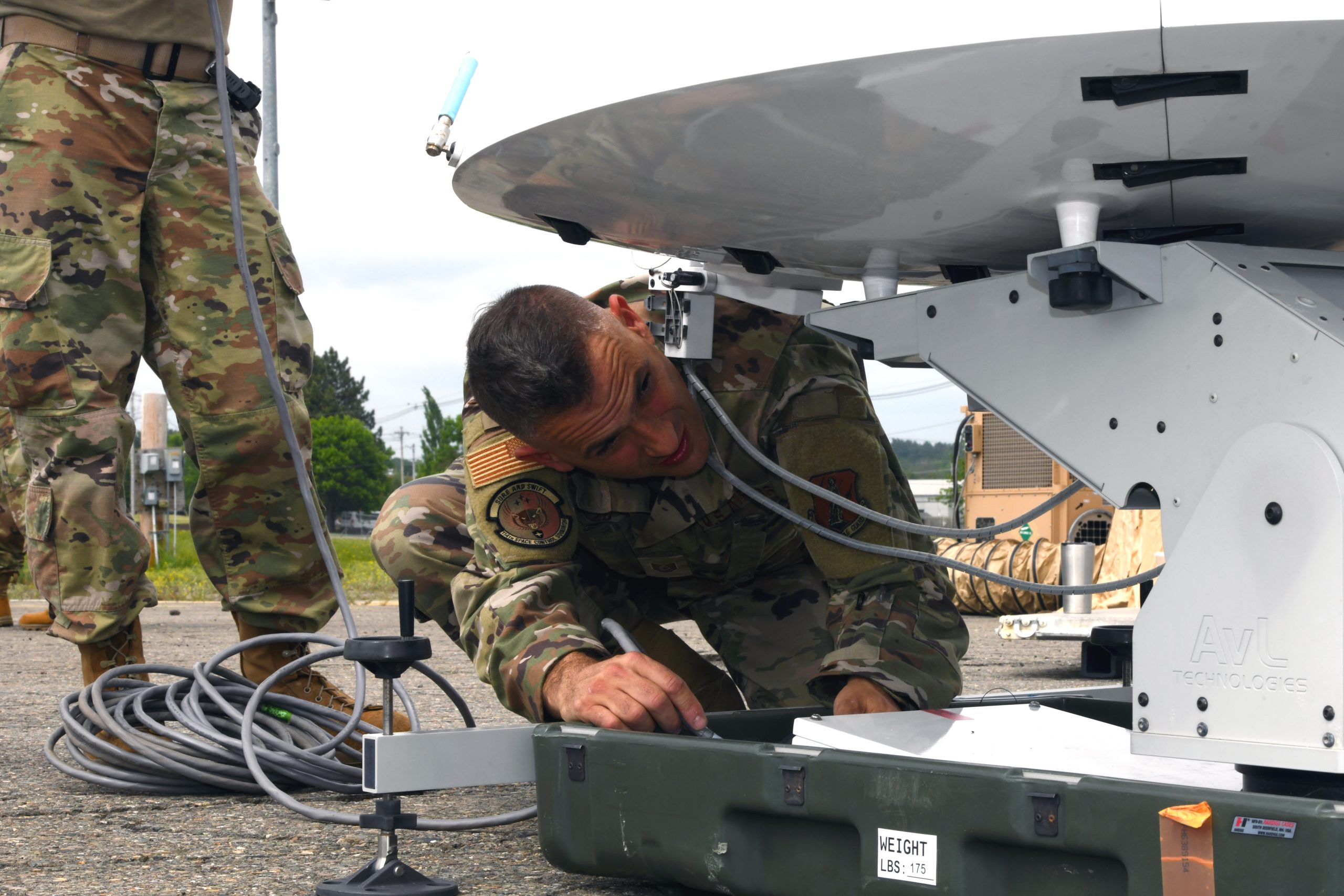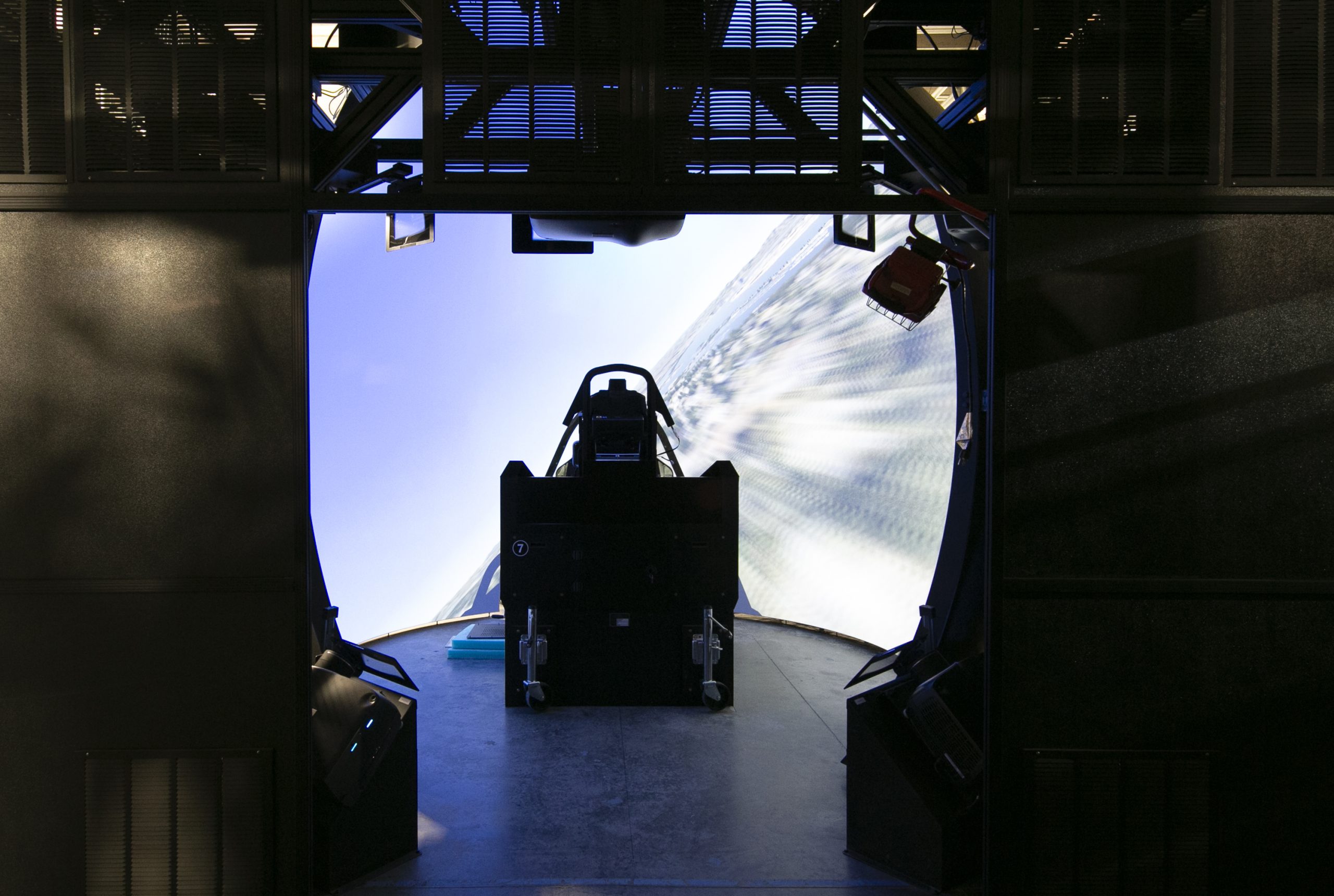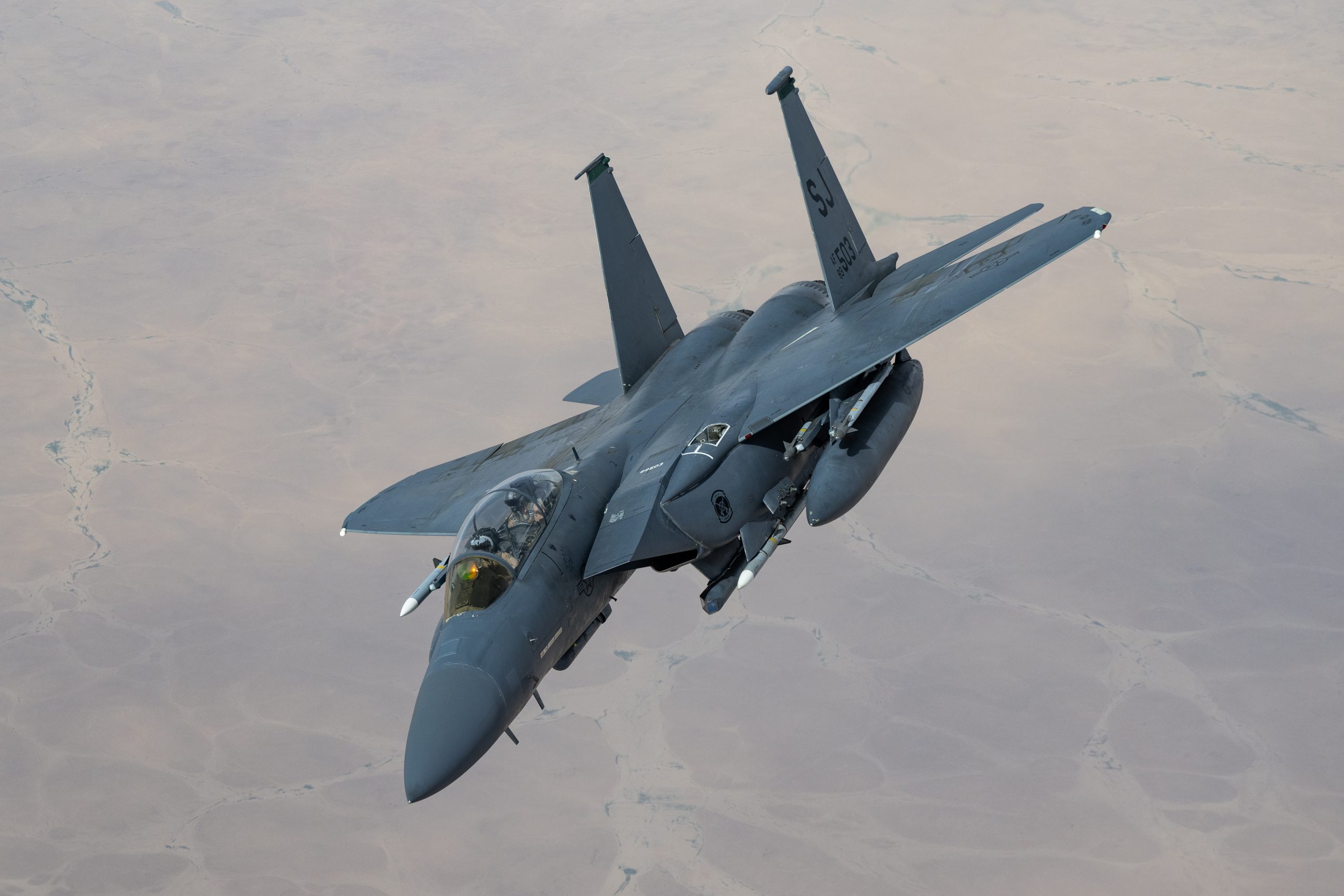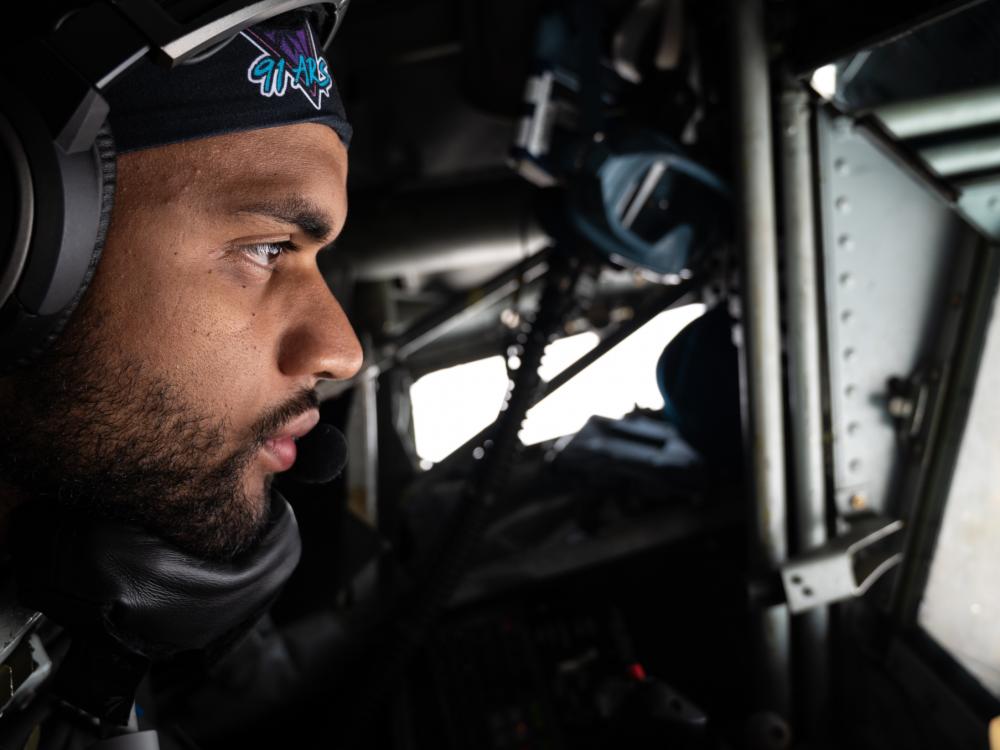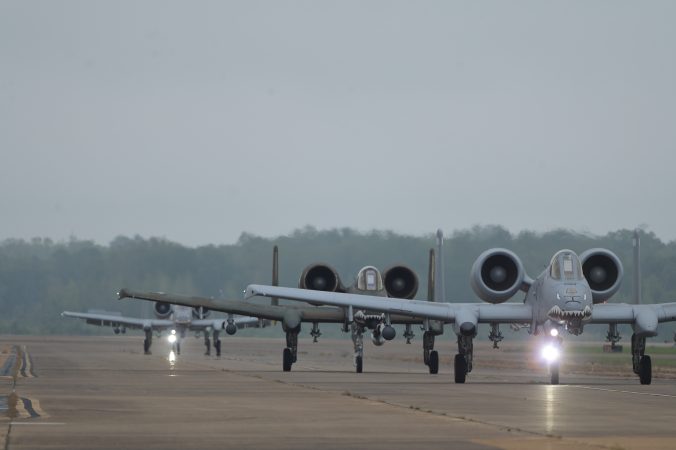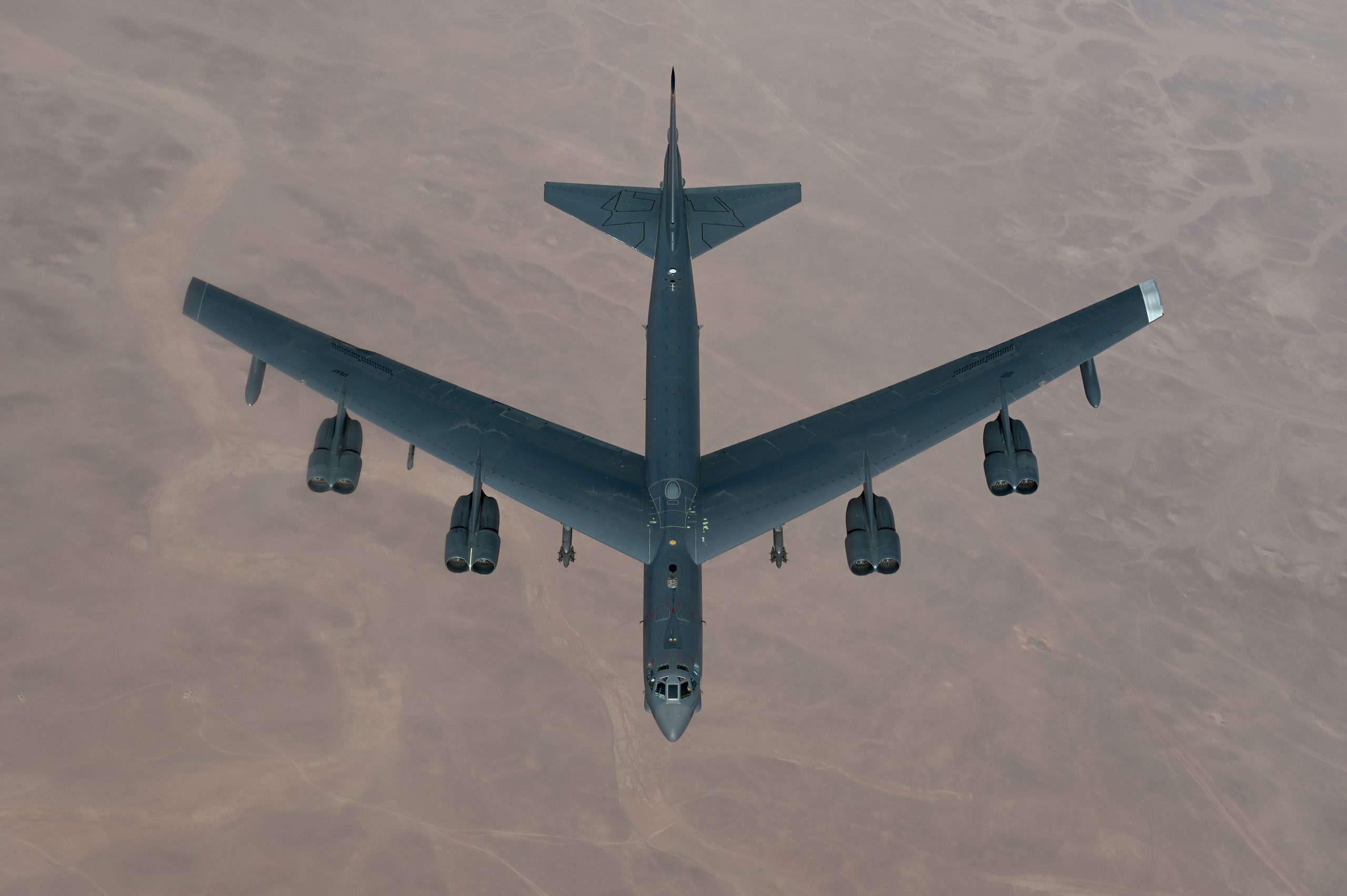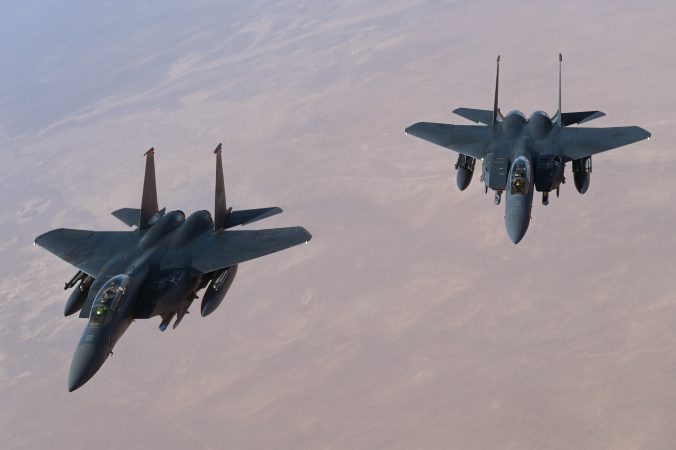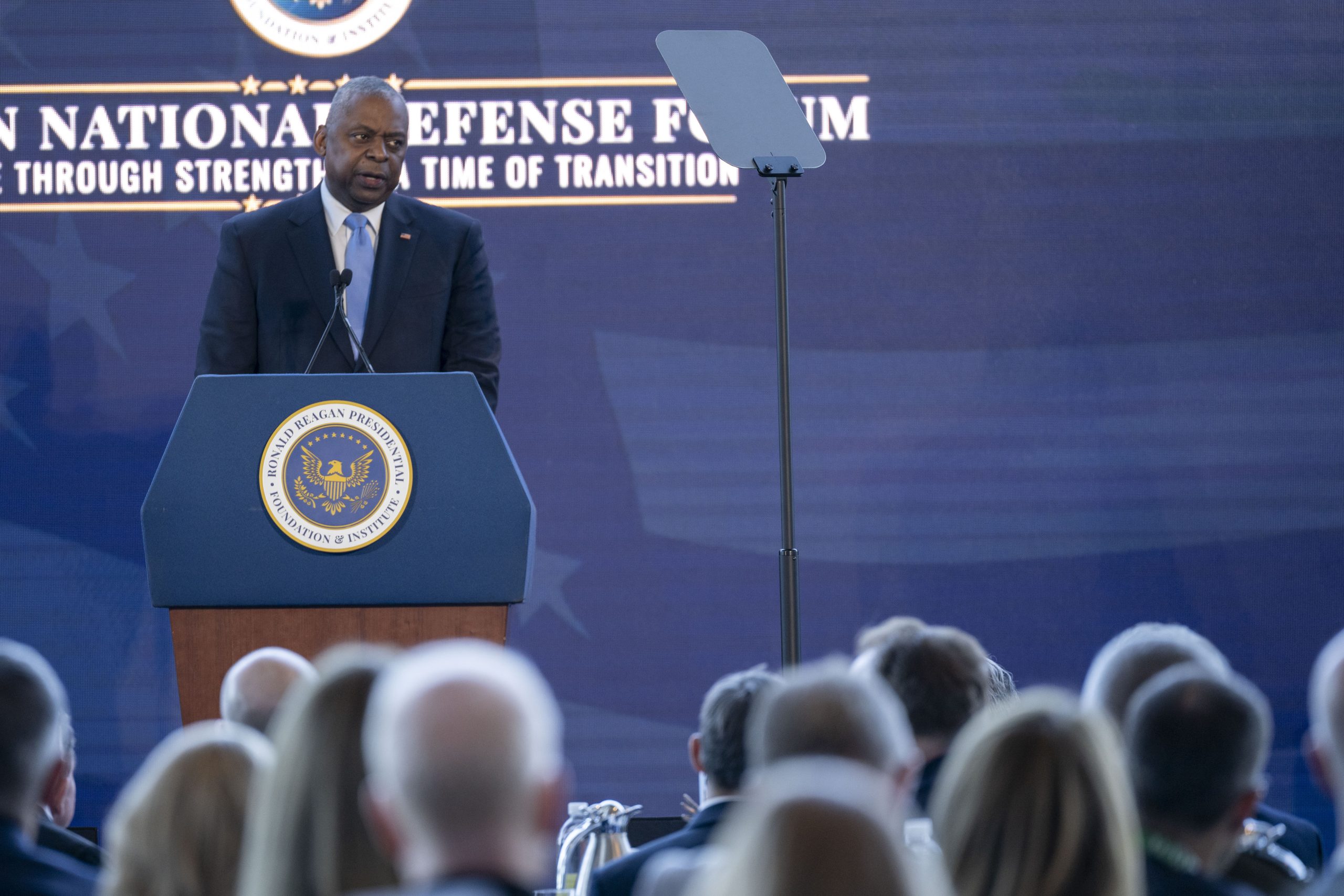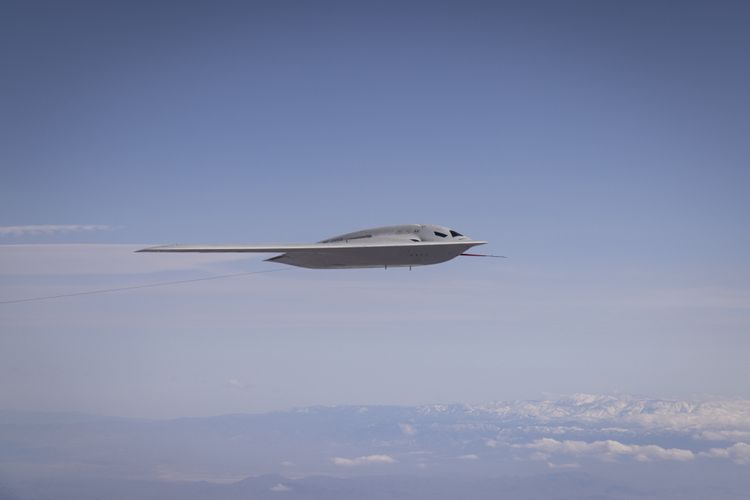ORLANDO, Fla.—Space Force leaders are looking at how they can create a distinct Basic Military Training program for Guardian recruits, and eyeing new locations for the BMT enterprise.
Chief of Space Operations Gen. B. Chance Saltzman listed the idea among things he wants to accomplish in 2025 during the Spacepower Conference here this week. He also hinted at other personnel changes ahead.
“We’ve got to get the BMT right-sized and in the right location,” Saltzman said in a question and answer session. Guardians and Airmen both go through BMT at Joint Base San Antonio-Lackland, Texas. They have done so since October 2020, Saltzaman said, because BMT “requires a lot of overhead” and USSF leaders wanted to move fast to build out their ranks.
The Space Force has gradually introduced its own Space Force-specific wrinkles to BMT. The first Guardian training instructor graduated from the Military Training Instructor Course in 2021, and the following spring, the first all-Guardian class inaugurated a new space-focused curriculum.
Splitting Guardian BMT off entirely would therefore be “a natural part of the evolution,” Saltzman later told Air & Space Forces Magazine during a media roundtable. “At some point you say, ‘Well, we’ve got to train and educate our own people.'”
Just what this new Space Force BMT will look like—and where it might be based—are still to be determined. “We’re trying to figure out what’s the right scope, what’s the right scale, what’s the right evolution away from [having] the Air Force training our inductees and getting to a more Guardian-focused environment,” Saltzman said.
Potential locations for Space Force BMT include:
- Patrick Space Force Base, Fla. The Space Force is in the process of relocating Space Training and Readiness Command there, and moving a subsidiary program like BMT could be an obvious solution.
- Schriever, Peterson, or Buckley Space Force Bases in Colorado. Long a hub for USSF activity, these bases have a strong concentration of Guardians, even if they aren’t home to launch facilities.
- Vandenberg Space Force Base, Calif. With a large swath of land and a steady, but smaller number of launches compared to the Florida Space Coast, this West Coast base could also have the space needed for a training facility.
Chief Master Sergeant of the Space Force John F. Bentivegna said it’s still to be determined exactly how long and how intense Space Force BMT should be. “What do we need Guardians to know? What is the process we need to go through, transitioning Guardians from civilians into service members?’” he said. “Maybe that’s seven weeks long, maybe it’s shorter, maybe it’s longer. But let’s figure out what we need to do. And then that location may be different than where it is today. But … first, without any kind of barriers, what do we need do for the nation to develop the Guardians that we need? And we’ll go from there.”
Basic training varies across the military services. Air Force BMT lasts seven and a half weeks; Army and Navy basic lasts 10 weeks, and Marine Corps Boot Camp is 13 weeks long. The Space Force recruits far fewer new Guardians each year—only around 800 compared to tens of thousands for the other services. Its recruits also tend to be older and more highly educated, and that suggests different requirements and needs for basic training.
Personnel Changes
In other personnel moves that could come in the months ahead, Saltzman and Bentivegna spoke of altering the standards for promotions.
Bentivegna, who unveiled an ambitious project to transform career paths for enlisted Guardians only months ago, used the stories of individual Guardians to help explain his thinking on altering the promotion system from one based on competitive scores to one focused on competency levels.
A Specialist-2 who is already working on wideband and nuclear command-and-control satellite communications while achieving the highest possible qualification rating proves that point, he suggested. “How do we modernize our current fully qualified promotion system to more align with the responsibilities we’re placing on these young Guardians?” he asked. “There’s a way that we’re going to move forward to better align those responsibilities, that skillcraft, with the modernized fully qualified promotion system. … This is the epitome example of why I think that’s a phenomenal idea,” he said.
Saltzman described the evolution of the Space Force’s consolidated personnel system, which is gradually taking in Air Force Reservists and converting them into Guardians. The first to transition were full-timers, but part-timers will soon follow.
“It’s a different model,” the CSO said. “We’re really excited to see that and I think by the end of ’25 we’ll have completely pulled in all of that part-time workforce.”
Saltzman did not discuss it, but coming soon will be a similar transition for National Guardsmen working in Space-focused jobs. Congress is expected to pass the compromise National Defense Authorization bill, which would empower the Secretary of the Air Force to transfer Air National Guard units into the Space Force. The National Guard Association of the United States opposes the legislation, but after more than four years of debate, the issue appears now to be nearing closure. Once approved, the bill would set in motion the transfer of about 570 billets, but individual Guardsman could not be transferred against their will.
